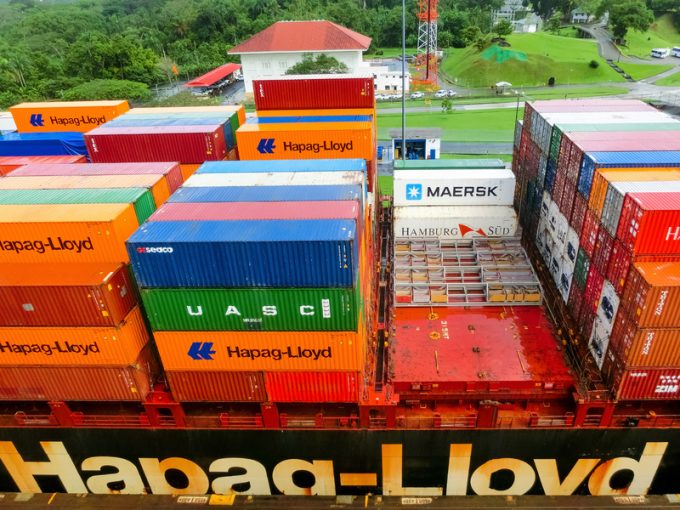Zemba gets things moving, as Hapag-Lloyd signs up for 'greener' shipping
Proving to be more than just idle talk, the Zero-Emission Maritime Buyers’ Alliance (Zemba) has ...

Surging demand on the Far East-South America east coast tradelane has increased the average speed of vessels, according to Xeneta, leading to higher emissions from ships on the route.
The latest Xeneta carbon emissions index (CEI) ranking, released on Tuesday, demonstrates “an underlying decline in performance” for vessels operating this trade between Q2 and Q3, in response to a 20% increase in demand.
Hapag-Lloyd, though crowned as the top carrier in the third quarter, has declined in CEI performance from 72.2, to 75 in Q3, with a greater number representing higher emissions. Yang Ming maintained its place in second between Q2 and Q3, but gained several points with a rising score of 75.8, from 71.7 in Q2.
Interestingly, Xeneta’s Q2 winner on this tradelane was Pacific International Lines (PIL), with a CEI score of 69.5; this time, PIL has not even placed among the top three, implying a CEI gain of several points.
Xeneta attributes this decline to increasing speeds, with the top three carriers all exceeding the tradelane overage of 16.1 knots – top performer Hapag-Lloyd with 16.3, Yang Ming with 16.9, and Wan Hai Lines with 16.5 knots.
This was partially mitigated with a high filling factor: the tradelane average was over 90%.
Peter Sand, Xeneta chief analyst, told The Loadstar that he had seen filling factors fall as low as 60% on some trades this year, with Asia-North Europe showing particular decline. “Here, we do see a decline in filling factor on a trade like that,” he said.
The willingness of shipping to increase speeds, at times when it is likely to confer a commercial advantage, leaves serious questions about the effectiveness of slow-steaming as a long-term remedy for ship emissions.
Mr Sand explained that an increase in demand, such as that exhibited in South American countries, often corresponded with a speeding-up of vessels. “It goes for many trades – it is one of the stronger trends,” he said.
“We see that demand for Chinese goods in South and Central America is up by 20%. These trades are where carriers really need to need to deliver a service which seems to require defensive times, which means speeding up.”
Comment on this article